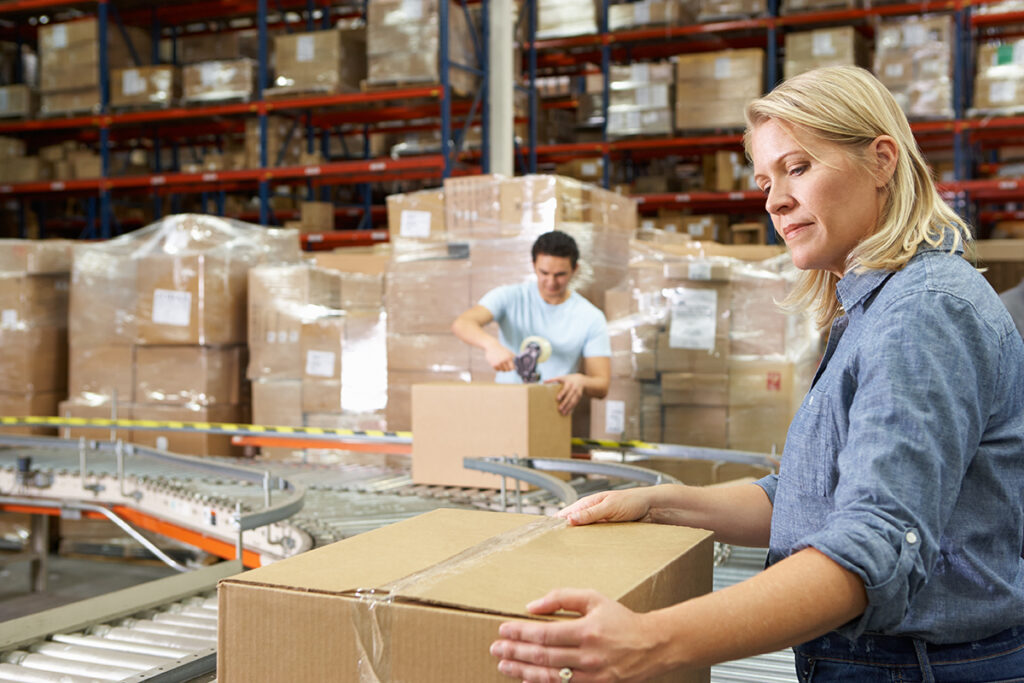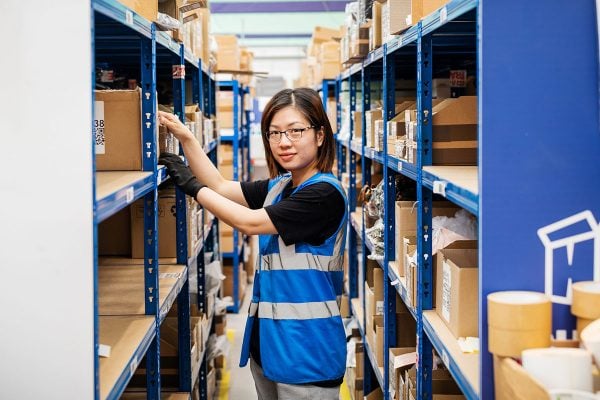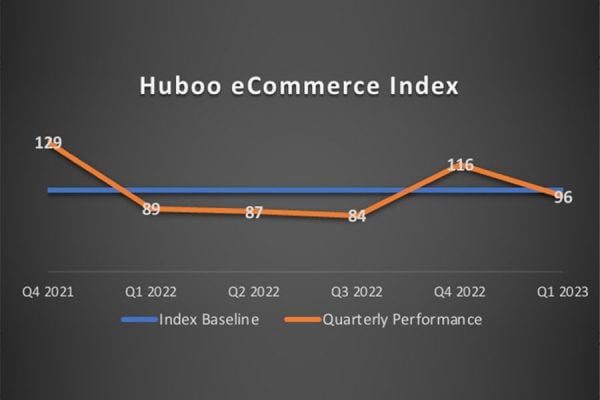 Paul Dodd is Co-Founder and CTO of third-party logistics provider Huboo. Designer of Huboo’s ‘hub’ model, Paul has scaled Huboo’s operations and technology from zero to more than 250 clients. He has more than 20 years’ experience managing global and local supply chain operations for P&G, including extensive experience delivering business continuity planning and business transformation. Today Paul shares seven top tips for running a 3PL warehouse in a global pandemic:
Paul Dodd is Co-Founder and CTO of third-party logistics provider Huboo. Designer of Huboo’s ‘hub’ model, Paul has scaled Huboo’s operations and technology from zero to more than 250 clients. He has more than 20 years’ experience managing global and local supply chain operations for P&G, including extensive experience delivering business continuity planning and business transformation. Today Paul shares seven top tips for running a 3PL warehouse in a global pandemic:
At the top of every third-party logistics provider’s website right now you’re almost certain to find a COVID-19 statement clarifying the impact on the provider’s operations and the steps they’re having to take to respond to this evolving crisis and attempt to meet unprecedented demand for logistics and fulfilment services.
On our website, it simply says ‘Coronavirus: We are open as normal’. We’ve looked to act swiftly and decisively at every stage of the pandemic, and I thought it would be helpful to outline seven tips for all 3PL warehouse operators gleaned from our experiences to date.
1. Overshoot on safety
Ensure that you go over and above the latest Government advice. The current guidance has been with us for several weeks now, but there is still every chance that it may change as new medical insights are unearthed or the pandemic worsens. It is better not to have to change policies every day so, in addition to taking the measures advised by our own Government, it’s also worth looking at legislation and advice from other countries, and carrying out regular risk assessments to avoid any potential threat to staff health and safety. For example, we made sanitiser and facemasks available and separated work spaces as soon as the extent of the crisis began to become clear, meaning we were well prepared for the onset of the Government’s measures.
2. Communicate often to clients and customers
This may sound obvious, but you should bear in mind that many clients and customers will be thinking about the crisis 24/7 at present, operating in a state of high anxiety and deeply concerned about the prospect/impact of supply chain and delivery problems. It’s important to keep clients and customers updated regularly, reminding them what is being done and making them aware of any changes to services and restrictions, thus helping them to plan and keeping expectations in line with reality.
3. Establish business continuity plans
You need to consider every aspect of your operation that can go wrong, anticipate the likelihood of this happening (and what the impact would be), and then develop a plan for risk avoidance/mitigation around each area. For example, who are the backup staff if existing team members are taken ill? Have they received the proper training, and are they appropriately isolated from the other team members? With suppliers, IT, security, materials and consumables, are there similar extra contingency measures in place?
4. Be intentional with client and business diversification
For 3PL warehouse providers the current crisis is presenting plenty of pivots and extra business opportunities. But it’s important that you choose the right opportunities for both the short- and long-term. While it might be good for immediate business to bring on a Coronavirus-related category, this decision needs to be balanced what will be required in a post-COVID world. For example, we are just as interested in bringing on a coffee retailer shipping 10 units a day as a facemask retailer shipping 2000 units a day. Both will help us in different timeframes.
5. Analyse growth
It’s important to take the time to understand the different growth trends you’re experiencing and why they might be occurring. One good example of this is toilet roll. Consumers are not actually using more toilet roll, yet you might be shipping a lot more of it due to the lack of stock available within traditional retail outlets. Compare this to a new vitamin subscription brand, which could provide a much stronger long-term growth opportunity as loyal, recurring customers are established. Spotting the differences between temporary and potentially permanent shifts in consumer demand helps with long-term capacity planning.
6. Be proactive with partners and peers
Just as you’re communicating regularly with clients and customers, it’s important to keep connected with all of your business partners and peers so that you can better understand the status of their business and any plans they are having to put in place. Maintaining this type of proactive connectivity helps both with reapplication as well as spotting potential disruption early on.
7. Ensure humans are your companies heroes
It’s more important than ever to nurture a loyal, healthy workforce, especially in an industry that has struggled historically with high levels of churn. Your workforce is on the frontline and should be recognised and rewarded for its commitment to the cause. So, consider offering pay rises or attendance bonuses, isolation (if required) on full pay, with guaranteed job security for anyone forced off work by the virus. Can your company offer loans or additional support – financial or otherwise – for struggling staff members? Now is the time to rewrite the HR handbook and, in 10 years’ time, your employees will remember what you did for them during the crisis.
And finally…
While it’s important to start planning now for the post-COVID world, remember that, although the future operating environment won’t look like the old one, it is highly unlikely to resemble the current environment either.
This transition will be difficult to predict so having multiple ‘what ifs’ around your medium-term business planning is essential. What if garden centres and sports shops are allowed to open again next month? What if half of your volume drops out as a consequence of further unanticipated measures/changes? What if Coronavirus or mutations of the virus linger on in some form for three years?
We can’t fully predict these outcomes, but we can undertake scenario planning that enables us to march into the future with the confidence that our businesses will be secure whatever the post-COVID world looks like.










One Response
Great stuff – Thanks for sharing.
obi